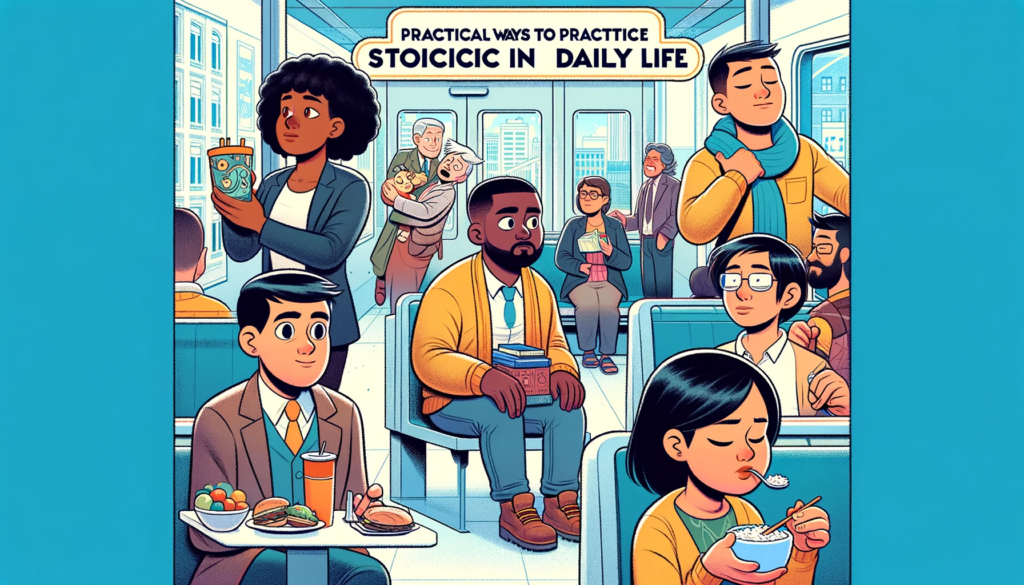
- Casting the Net Wide: The Importance of Skills and Knowledge
- Navigating the Waters: Adaptability and Resilience
- The Right Equipment: Embracing Technology and Innovation
- Patience and Persistence: The Wait for the Catch
- The Joy of the Catch: Reward and Personal Fulfillment
- Conclusion: Equipping for Success
In the serene act of fishing, there lies a profound metaphor for modern life and our professional journeys. Just as a fisherman benefits from an array of tools to enhance his catch, individuals can leverage a diverse toolkit to navigate their careers and daily lives with greater efficacy. This blog post explores the analogy between fishing and personal development, emphasizing how a well-equipped arsenal can lead to success and fulfillment.
Casting the Net Wide: The Importance of Skills and Knowledge
Fishing teaches us the value of having the right tools for the job. A fisherman with a variety of baits, rods, and nets can adapt to different environments and types of fish, much like how a well-rounded skill set allows professionals to excel in various situations. In today’s fast-paced world, versatility is key. Continuously expanding our knowledge and skills ensures we’re prepared for whatever the career waters may bring our way.
Navigating the Waters: Adaptability and Resilience
Just as waters can be unpredictable, so can the modern workplace. Economic shifts, industry disruptions, and technological advancements require us to be adaptable and resilient. A fisherman who is quick to change tactics when one approach fails will eventually succeed. Similarly, professionals who can pivot in response to challenges, learning from failures and adapting strategies, will thrive in their careers.
The Right Equipment: Embracing Technology and Innovation
In fishing, the introduction of sonar technology, high-tech reels, and stronger, lighter materials has transformed the experience and success rate. This mirrors the impact of technology and innovation in the workplace. Embracing new tools and processes can significantly enhance productivity and creativity. Just as the modern fisherman must master new equipment, professionals must continually update their tech savvy to stay relevant and competitive.
Patience and Persistence: The Wait for the Catch
Fishing is as much about patience as it is about the thrill of the catch. It teaches the virtue of waiting calmly and persistently for the right opportunity. In our careers and personal lives, instant gratification is rarely possible. Goals and achievements take time to materialize. Cultivating patience and persistence is essential for long-term success and satisfaction.
The Joy of the Catch: Reward and Personal Fulfillment
Finally, the moment of catching a fish is a blend of skill, patience, and sometimes, luck. It’s a rewarding experience that validates the fisherman’s effort and strategy. Similarly, achieving a career milestone or personal goal is immensely satisfying. It reaffirms our capabilities and boosts our confidence to set even higher ambitions.
Conclusion: Equipping for Success
The analogy of fishing illustrates that success in modern life and careers is not solely dependent on a single skill or tool but on a diverse and well-curated toolkit. Just as the fisherman’s box is filled with various baits and lines for different scenarios, our personal and professional development should involve a broad spectrum of skills, knowledge, and adaptability. By continuously equipping ourselves for the vast and unpredictable waters of life, we can navigate our careers with confidence, achieve our goals, and enjoy the journey along the way.









